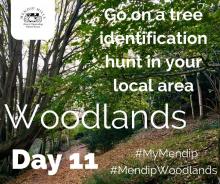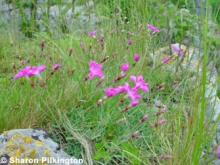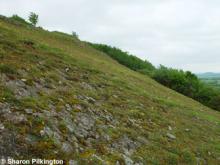My Mendip Challenge - Day 12 #MendipDrystoneWalls
There are over 400km of drystone walls on the Mendip Hills AONB. The walls are a key reason for the designation of the Mendip Hills as an Area of Outstanding Natural Beauty, they are one of the Special Qualities that define Mendip, not to mention a vital lifeline for wildlife such as adders and lizards. Last year our volunteers repaired over 200M of drystone walls on Mendip. Constructing a project is a great way to gain a sense of accomplishment.
So today we are challenging you to create your own mini habitat project for wildlife! The possibilities are endless, you can create a hedgehog home, an insect wood pile or even a bug hotel.
So today we are challenging you to create your own mini habitat project for wildlife! The possibilities are endless, you can create a hedgehog home, an insect wood pile or even a bug hotel.
Key stages








